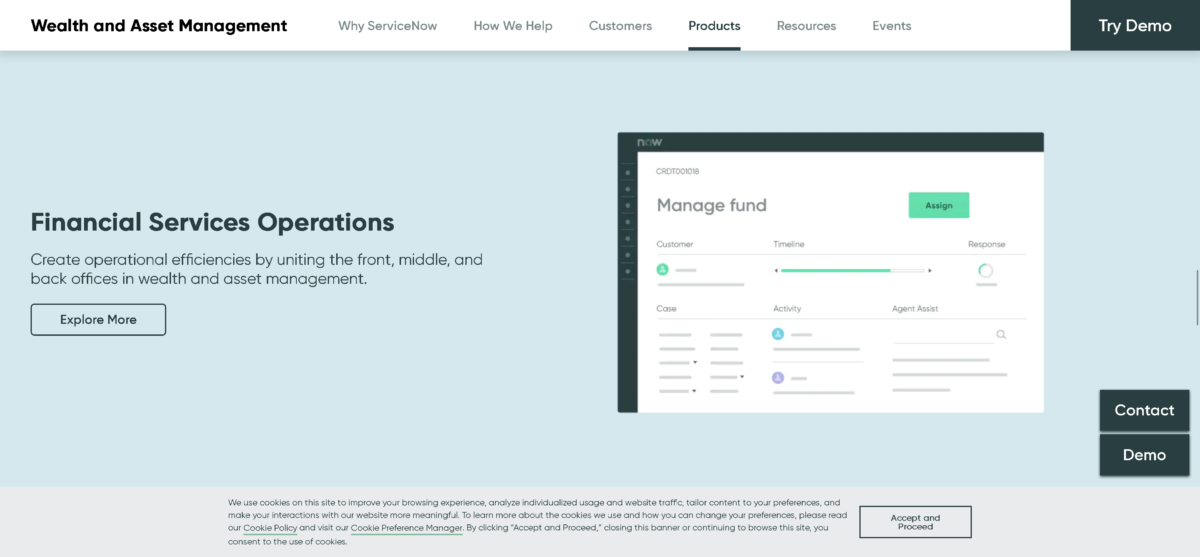Even though, cloud computing has become exceedingly common, the fact remains that people seem to have differing opinions when it comes to its definition. The issue is not the lack of definition or the lack of an agreed coherent one, but rather the lack of apparent direction. Cloud computing is an extremely large topic, but it is being used in very specific ways. In the same vein that makes it hard for people to stay on the same page when talking about general computing without agreeing to something specific, people need to be specific when they talk about cloud computing. This is because it encompasses infrastructure, architecture, deployment, applications, development, automation, operations, management, optimization and a dozen other topics that are equally beneficial and all would be a valid topic when referring to cloud computing.
Because of this inherent confusion with regards to conversation structuring, Yung Chou, a Technology Evangelist of the Microsoft US Developer and Platform Evangelism Team, devised an easy to remember principle that we can all agree on and use as a proper base when discussing cloud computing. The principle is called the “5-3- 2 Principle” and refers to the five essential characteristics of cloud computing, the three cloud service delivery methods, and the two deployment models which when put together properly describes what cloud computing is.
First up is he “5 Essential Characteristics of Cloud Computing”: On-demand and self-service, ubiquitous network access, location transparent resource pooling, rapid elasticity, and measured service with pay per use. The characteristics were defined by the National Institute of Standards and technology (NIST) as part of their “Definition of Cloud Computing” publication, and they mostly speak for themselves as far as what each means at first glance. This publication is also where the principle is derived from. These five characteristics are all required for something to be qualified as cloud computing, according to NIST.
The 3 stands for the three service delivery methods, namely: Software as a Service (SaaS), Platform as a Service (PaaS), and Infrastructure (IaaS). All services being offered using cloud computing would fall under one or more of the above delivery methods, whether it be office applications and games (SaaS) or cloud backup storage or computing resources (IaaS). It becomes easier to define whether the service you are using is really of cloud computing or not just by judging if it is being delivered through one of the above methods.
And lastly, we have the two main deployment models of cloud computing: The Private and the Public Cloud models. NIST lists down four deployment models, but the other two is really just either a combination or a derivative of these two main ones. The public cloud is meant for public consumption while a private cloud’s infrastructure is dedicated for private use, like in large corporations or Government agencies.
The 5-3-2 Principle is a new, simple, and structured way to approach cloud computing whether it is for simple conversations between colleagues or for educating people on what cloud computing truly is. The structure for using the principle in discussions is straightforward, validate business needs starting with the 5 characteristics, then go into the feasibility of delivering the intended service or function with the 3 delivery methods, the finally end with which deployment model would be more preferred in the situation.
By Abdul Salam





